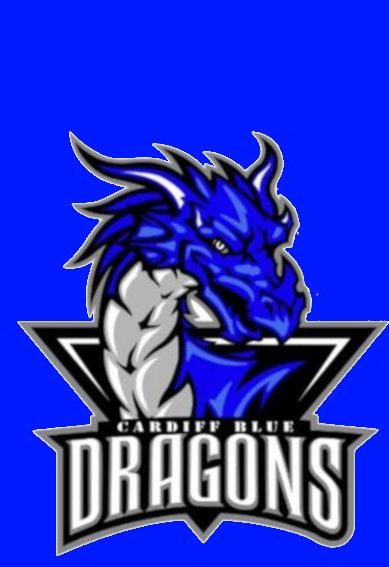By Jonathan Price
A city, to call itself a city, needs a sporting heritage. Cardiff has its football legends – it has Cardiff City. It has its rugby clubs, and a great stadium. It has a long involvement with rugby league. The sport of rugby league has long been part of Cardiff’s DNA. Cardiff has supplied Great Britain with captains, and any number of first grade players.
The first attempt at a professional side was during an optimistic period of expansion for the game in the early 1950s. Teams set up failed to flourish in the post-war period of belt tightening. Cardiff had a side that played in a long gone stadium near the river in Penarth Road. I remember an antiques dealer in Canton, Bill Douglas, a Docks gent who spoke of his playing days there. They also played at Maindy Stadium, but the funds ran out.
For many years, in the penniless ’50s and beyond, the game was not played in Cardiff though TV coverage kept an interest alive, as did a constant stream of defections to the paid game. The arrival of David Watkins at go-ahead Salford in 1967 raised the game’s profile. He was ‘minded’ in Salford games by Colin Dixon, a Docks product who never took a backwards step.
We were to hear a lot more of David Watkins. An eloquent advocate of the game (even now), he was to resume exhibition games in Wales during the 1970s. His playing career did not end with his move to Swinton RLFC in 1979. He had a better idea; to give the Welsh public a regular taste of Rugby League.
There was indeed a big idea in the offering for South Wales. David Watkins persuaded Cardiff City FC to allow a professional rugby league outfit to occupy Ninian Park from 1981 to 1984. They were called the “Blue Dragons”. The side comprised of some grizzled Northerners, some acclimatised Welsh converts, and some high profile Rugby Union names, They were to shine brightly after an impressive loss at home to Salford.
The game had a harder edge in the 1980s, and scrums had to be won to ensure a supply of the ball. Hooker Tony Karalius led from the front in this respect.
People remember Tommy david, Paul Ringer and Steve Fenwick. Others recall hardened travellers like Gordon Pritchard, Frank Wilson and Paul Woods who went in the ’70s and knew the game. Many scalps were taken, and the Dragons tried to play a fast, open game with their back dazzling.
The economy was struggling and crowds tailed off. Ninian Park had to be left, and a move to Bridgend in 1985 is best forgotten.
So, Rugby League departed from Cardiff to a shaky temporary home in Bridgend. A presence remained in Cardiff; the amateur game soldiered on for a while but suffered from a lack of off-field direction. UWIC (now Cardiff Metropolitan University) continued to play the game with flair and fulfilled their fixtures.
The professional game did see a return to Ninian Park in the mid ’90s. Mike Nicholas recruited credible Welsh sides, and the 1995 World Cup fixtures in Cardiff were well supported. Michael was to organise a Super League bid for a South Wales franchise in 1996.
A second tier side played in the 1996 Championship. After games at Aberavon and Morfa Stadium in June 1996, our code settled for a string of fixtures at Cardiff Arms Park. Several scalps were taken, but a lack of funds saw the experiment ended. A Super League ‘on the road’ brought Warrington v Castleford here.
By 1997, Cardiff Demons were formed and were able to fulfil fixtures. They struggled finding form on the road. They did make good use of Glamorgan Wanderers’ facilities.
The year 2000 saw another World Cup, and the Millennium Stadium was used that Autumn, Another respectable Welsh side added greatly to the mix.
Summer rugby was here, and Cardiff Demons played their part. The Crusaders arrived in South Wales, shining brightly for a while. They provide to be a moveable feast, and have since moved to Wrexham and now play as North Wales Crusaders.
Cardiff has some 350,000 citizens. Rugby League is part of this city. We have the chance to consolidate our presence, build on these foundations and make them stronger. So, onwards and upwards, as one team.
